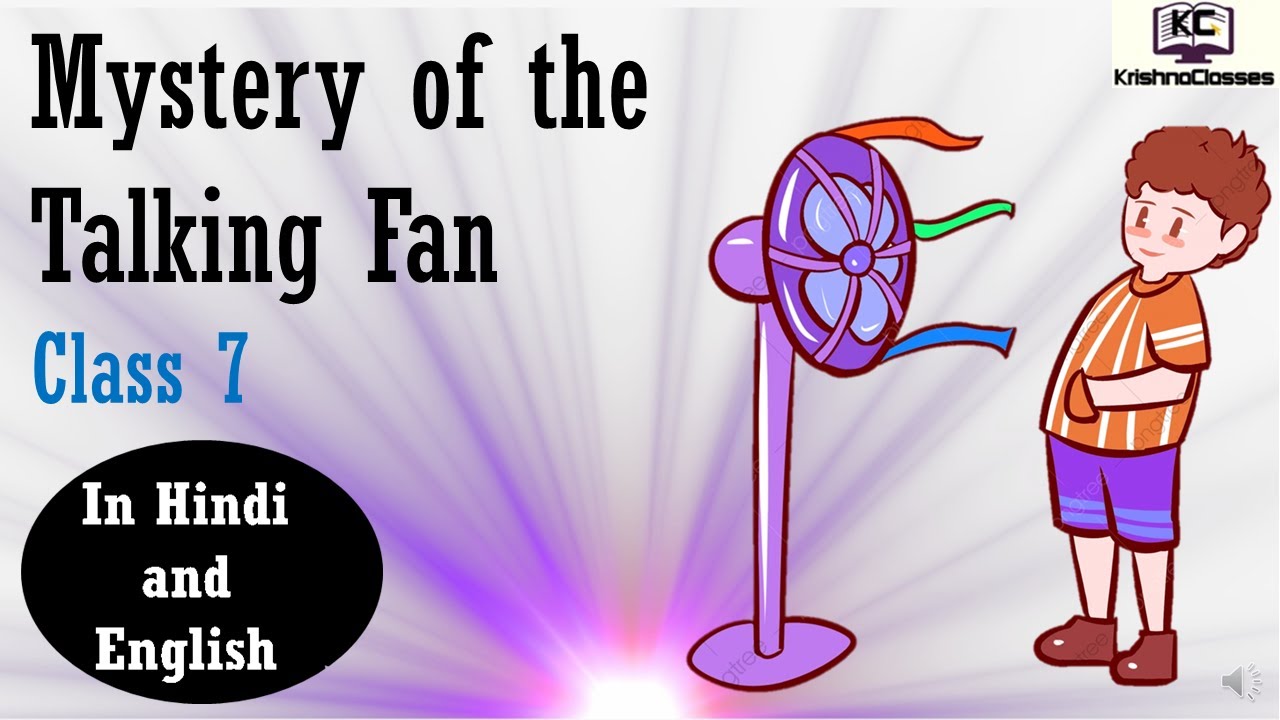
Summary of “Mystery of the Talking Fan” by Maude Rubin:
Introduction: In “Mystery of the Talking Fan” by Maude Rubin, the poet introduces the concept of a talking fan, attributing it with a mysterious chatter. The poem humorously explores the transformation of the fan from a noisy talker to a silent one after being oiled.
Key Points:
-
Description of the Talking Fan:
- The poet introduces the talking fan as an electrical appliance that makes noise while operating.
- The fan’s noise is likened to chatter, suggesting a playful and lively nature.
-
Inability to Understand the Fan’s Talk:
- The speaker admits to not being able to understand what the fan is saying, indicating the incomprehensibility of the noise it produces.
- The specific words of the fan’s chatter remain unclear to the speaker, but it is not perceived as important.
-
Transformation of the Fan:
- One day, someone oils the fan’s motor, which results in a significant change.
- After the motor is oiled, the fan becomes silent and runs smoothly, devoid of its previous noisy chatter.
Discussion Questions:
-
Is there a ceiling fan in the room where you are sitting now? Is the fan quiet or noisy? If it is noisy, you may be sure it is a distant relative of the ‘talking fan’ in the poem which you are going to read.
- This question prompts students to reflect on the presence and behavior of fans in their surroundings, setting the stage for understanding the poem.
-
What does the poet mean by “Electrical his chatter” in the poem?
- Students are asked to interpret the figurative language used by the poet to describe the noise of the fan.
-
How does the fan’s behavior change after it is oiled?
- This question requires students to identify the transformation undergone by the fan and its impact on its operation.
-
What is the significance of the line “He ran as still as water” in the poem?
- Students are prompted to analyze the simile used by the poet to describe the fan’s silent operation after being oiled.
Explanation of the Poem:
- The poem introduces a talking fan, which is described as an electrical appliance that makes noise while operating.
- The speaker cannot understand the fan’s chatter, but it is not considered significant.
- After someone oils the fan’s motor, it becomes silent and runs smoothly, losing its previous noisy chatter.
